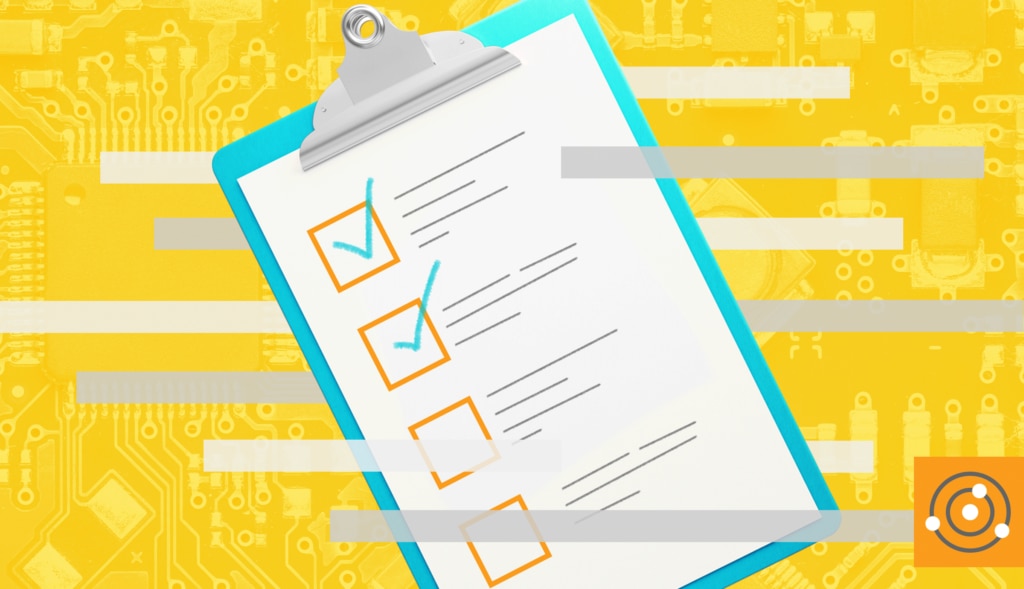IT asset management (ITAM) is one of the most
crucial strategies for businesses to practice. If 2020 had you shuffling monitors and laptops all over the country, 2021 isn’t going to make things any easier. Next year looks to bring all new sets of challenges for tracking, maintaining, and budgeting for the assets that your IT organization has not had their hands on in almost a year.
As remote work continues and even becomes the norm for many organizations in 2021, adopting an ITAM strategy will be critical to support the growth of
IT hardware and software assets in the business. Even more, the security of and data collected from those assets is a major risk factor that can be mitigated with an ITAM strategy. Let’s look at how to future-proof your ITAM strategy, particularly by focusing on the security side of protecting the data you are collecting through these assets.
Protecting your IT assets
There may not be a more critical time than now, during this extended period of remote work, to ensure the security of your organization’s IT assets. Although employees may not be in the office, IT may be providing even more devices than they were before. In some cases, employees tethered to desktops might be issued laptops for remote work. Schools might be providing hundreds, even thousands of additional devices for students and staff. In many cases, it has been a lot more for IT to manage.
Users may not be as aware of risks as IT pros while working from home. By integrating
ITSM, ITAM, and security features like
user provisioning, authentication, and
password safety, IT can mitigate some of these potential risks that come with your assets being out in the “wild”. With integrated ITSM and ITAM, IT pros can have visibility into:
- Which (and how many) devices you have
- What is and isn’t connected to your network
- Whether critical devices are online at any given moment
- Whether you have sufficient network capacity for all of the devices
- Ongoing maintenance for connected devices
- Procurement needs and inventory
- End of life disposal
Once you’ve identified all the assets in your environment and have integrated tools to protect them from vulnerabilities, the next step is determining what to do with the data you’ve collected.
Using IT asset data to your advantage
Let’s start with what to track.
Data points vary for each business and can be selected based on each of their needs, but overall, a robust service desk solution with integrated ITAM can compile that data to drive better decisions for the business. Common asset data points to track may include:
- Incident trends
- Device location information
- Warranty details
- Licenses
- Device reallocation
- Upgrade history
Set up
reporting and analytics around your asset data, and use it to optimize device lifecycles, better allocate software licensing costs, understand how assets interact with the network, review security trends and so much more. Increasing the frequency of reports and making them available to key stakeholders across the business creates opportunities for more collaboration, communication, and overall processes.
For obvious reasons, 2021 will present some moving targets, but it’s not too soon to start planning for different scenarios. What if remote work continues for another year, or employees and their devices never return to their desks in the office? This could stretch IT’s budget, meaning less to spend per employee, and conversations around long-term bandwidth, VPN, or security issues. The best way to address those concerns is to have a definitive picture of your IT assets and infrastructure, and how it relates to the services you provide.
It’s also a good idea for companies to revisit their pre-pandemic plans to identify what still is a key priority for the business. Although budgets, initiatives, and other projects may have been thrown off course because of the pandemic, there are also opportunities to add value to those original plans with the asset data collected this year. No one truly knows what the future holds, but we do know that a great customer experience and the ability to follow the flow of digital transformation starts with efficient ITAM.




